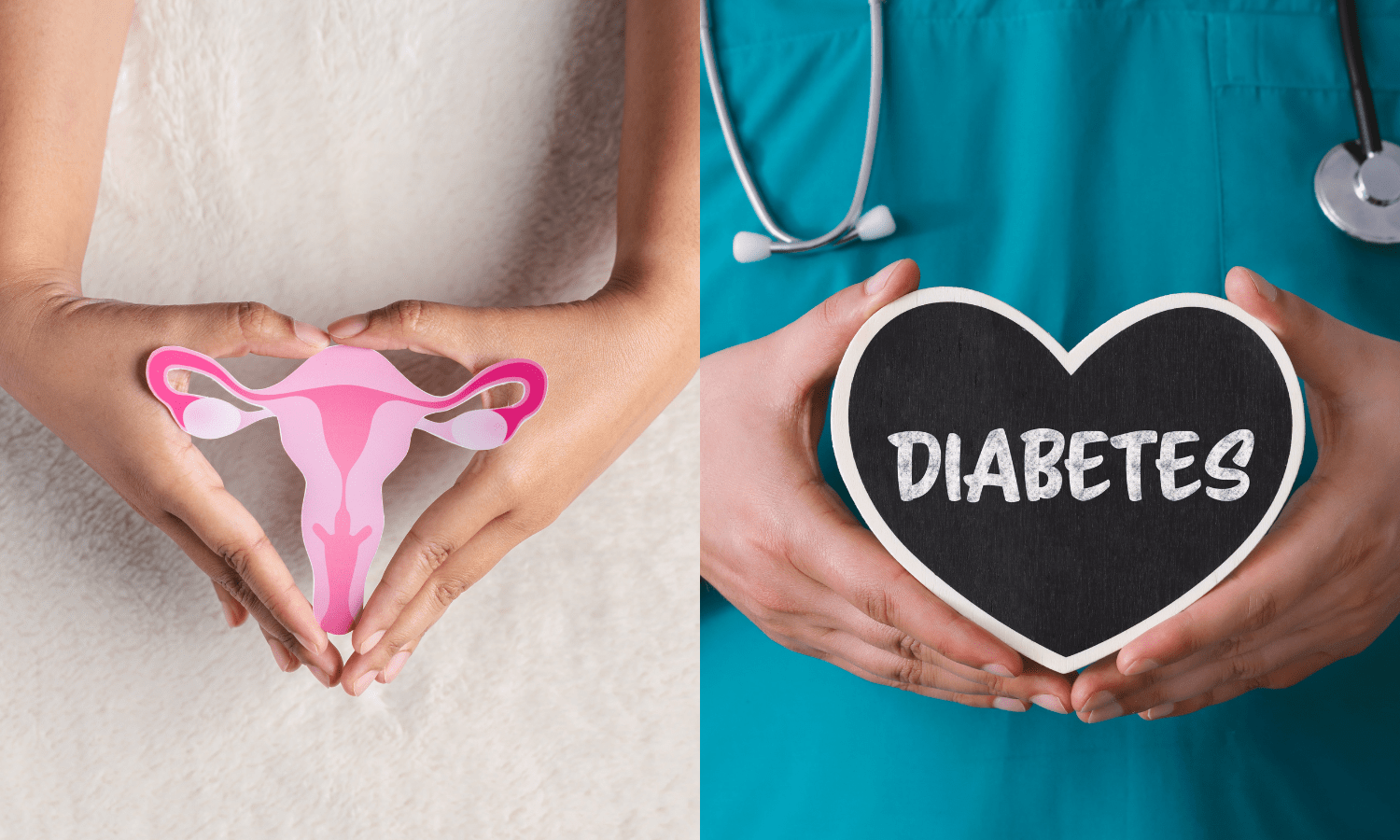Is There a Connection Between Uterine Fibroids and Diabetes?
Welcome to a journey of discovery, where we sift through the nuances of health, weaving connections between conditions that may seem disparate at first glance. Today's spotlight falls on uterine fibroids and diabetes, two conditions affecting millions of women worldwide. But, you may ask, what does a hormonal disorder affecting the womb have to do with a metabolic disease like diabetes? Intriguing, isn't it? So, let's dive right in!
Understanding Uterine Fibroids and Diabetes
To unravel this mystery, we first need to understand the protagonists. Uterine fibroids, or leiomyomas, are non-cancerous growths that form in the uterus, often during childbearing years. While many women with fibroids show no symptoms, some might experience heavy menstrual bleeding, prolonged periods, and even pain in the pelvic region. If you're picturing these little nuisances as uninvited guests who overstay their welcome at the "uterus party", you're not far off!
On the other hand, we have diabetes, specifically type 2 diabetes, a metabolic condition characterized by high blood sugar levels over a prolonged period. This results from the body's ineffective use of insulin or its inability to produce enough insulin. Think of it like a broken sugar processing machine in your body where the "sugar" piles up, leading to numerous health issues.
Unraveling the Connection Between Uterine Fibroids and Diabetes
Now, what's the connection between these two? It seems like comparing apples to oranges, doesn't it? Recent research, however, points to intriguing links. Studies have shown that type 2 diabetes might modify the risk of fibroids [3]. Another study revealed that insulin and insulin-like growth factors could play a role in the development of fibroids [1]. Imagine these insulin-related factors as mischievous party planners, indirectly inviting more uninvited guests (fibroids) to the uterus party!
Metformin and Its Role in Fibroid Risk Among Diabetic Women
The plot thickens further with metformin, a common drug used to control blood sugar levels in people with type 2 diabetes. Interestingly, research shows that metformin use may actually lower the risk of developing fibroids in diabetic women [2]. So, does metformin act like a bouncer at the uterus party, controlling the entrance of these unwanted fibroids? More research is needed, but these initial findings are compelling!
The Significance of Awareness and Regular Health Check-ups
What does all of this mean for you? It emphasizes the importance of regular health check-ups and staying informed about these conditions. Early detection of both fibroids and diabetes could pave the way for effective management strategies. So, why not schedule that doctor's appointment you've been putting off?
Ready to Take the Next Step?
In the intricate dance of health, the connection between uterine fibroids and diabetes underscores how our bodies are complex networks, with one condition potentially influencing another. Though we've taken significant strides in understanding these links, we're still at the tip of the iceberg, waiting to dive deeper. As we continue exploring, one thing is certain - awareness and proactive care remain our strongest defense. So, let's keep the conversation going, shall we?
Sources
Baird, D. D., Travlos, G., Wilson, R., Dunson, D. B., Hill, M. C., D'Aloisio, A. A., London, S. J., & Schectman, J. M. (2009). Uterine leiomyomata in relation to insulin-like growth factor-I, insulin, and diabetes. Epidemiology (Cambridge, Mass.), 20(4), 604–610. https://doi.org/10.1097/EDE.0b013e31819d8d3f
Tseng, C.-H. (2019). Metformin use is associated with a lower risk of uterine leiomyoma in female type 2 diabetes patients. 10, 204201881989515-204201881989515. https://doi.org/10.1177/2042018819895159
Velez Edwards, D. R., Wellons, M., Hartmann, K., & Edwards, T. L. (2015). The role of type 2 diabetes in modifying the risk for fibroids. Fertility and Sterility, 104(3), e156. https://doi.org/10.1016/j.fertnstert.2015.07.483

